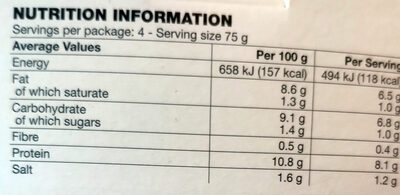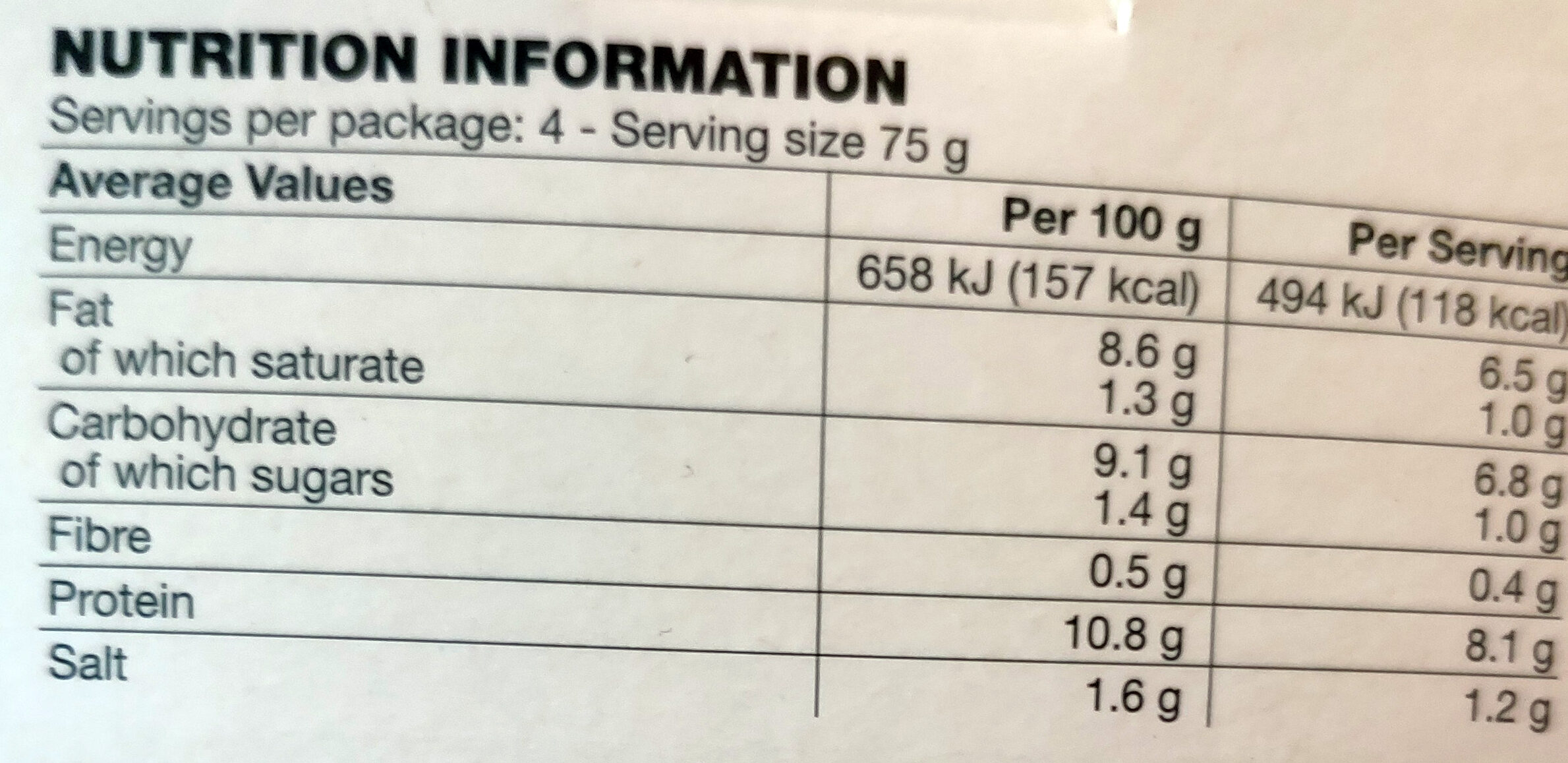Popcorn chick’n - Fry's - 300g
This product page is not complete. You can help to complete it by editing it and adding more data from the photos we have, or by taking more photos using the app for Android or iPhone/iPad. Thank you!
×
Barcode: 6005207001991 (EAN / EAN-13)
Common name: Vegan blend of seasoned soya protein, sunflower oil and a crispy golden coating
Quantity: 300g
Brands: Fry's
Categories: Meat alternatives, Meat analogues
Labels, certifications, awards: Vegetarian, Source of proteins, Vegan, High proteins
Link to the product page on the official site of the producer: https://fryfamilyfood.com/uk/our-food/po...
Stores: Tesco
Countries where sold: United Kingdom
Matching with your preferences
Environment
Packaging
Transportation
Threatened species
Report a problem
Data sources
Product added on by kiliweb
Last edit of product page on by alia.
Product page also edited by openfoodfacts-contributors, roboto-app, yuka.sY2b0xO6T85zoF3NwEKvlnBeU9jO-x7gGB7fhmSXyYqCAqLjP4wq24GjLqs.











